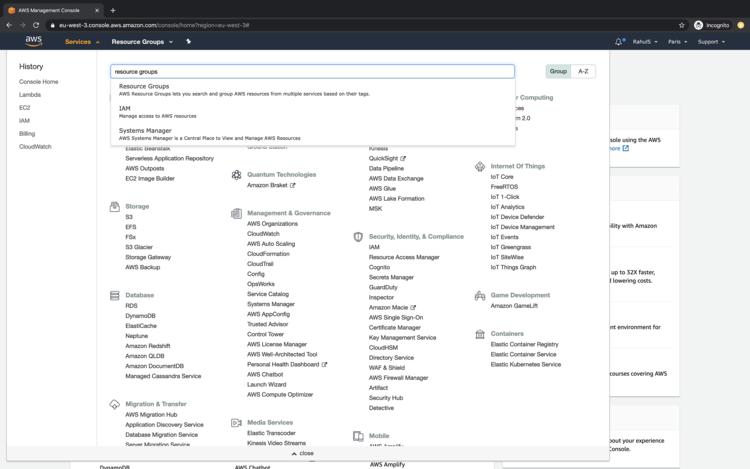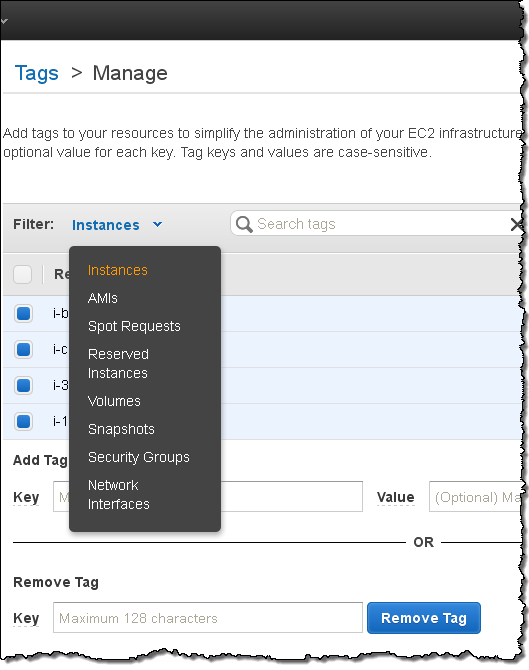

You can also read the AWS documentation for specific services for more detailed information and best practices for how to apply tags to your resources.įor example, see for information on tagging EC2 resources. When searching for a tag, modify your search to match.įor more information about how to create tags in AWS, see. Note: In the Tags drop-down menu, the app replaces any special characters in your tags with underscores and truncates tag names to the first 32 characters. Similarly, on the Capacity Planner dashboard, you can group by Instance Type, Reservation, Availability Zone, or any custom tags you have selected. In the Cost Analysis section of the Historical Detailed Bills dashboard, you have the options to filter your data by Service and Operation, and then further group the results by either the Product Name, Availability Zone, Operation, or any custom tags that you have selected. The tags that you select to use on these two dashboards are available both as standard filters at the top of the dashboard and in special "Group By" filters. You can check on the status of the data models by going to Settings > Data models and expanding the rows for the the Detailed Billing, Detailed Billing CUR, Instance Hour, Instance Hour CUR data models. The time required for the data models to rebuild depends on the volume of your billing data. When you initially select tags and each time you change your selections, your Capacity Planner and Historical Detailed Billing dashboards will be unavailable while their underlying data models are rebuilt to reflect your tag selections. For this reason, all custom tags are disabled by default.Ī Splunk platform administrator can select the custom tags that should appear in your tag filters for these dashboards on the app's Configure tab. These reports can be very large, affecting the performance of your dashboards. Select tags for your Historical Detailed Billing and Capacity Planner dashboardsīoth the Historical Detailed Billing and Capacity Planner dashboards rely on data from your Detailed billing reports with resources and tags.

Some dashboards do not include a tags filter, often because the data in that dashboard is not relevant to tags. The tags filter supports the following operators: In the Tags fied, enter your search criteria for filtering AWS resources data based on tag values. To use the tags filter, navigate to any Splunk App for AWS dashboard that supports the filter, such as the Overview dashboard. See the Reference section below for more information about defining tags in AWS. Each of your resources can have up to ten tags, each of which consists of a key and an optional value. Tags are custom metadata that you can use to identify and organize your AWS resources. Learn how to configure groups of AWS resources, build queries of resources to save as groups, and tag resources for easy organization. Explains the basic concepts and includes instructions for using both the console and the command line interface. The Splunk App for AWS dashboards allow you to filter content by the tags you have defined in Amazon Web Services. Introduces you to AWS Resource Groups and Tag Editor. Filter dashboards by tags in the Splunk App for AWS


 0 kommentar(er)
0 kommentar(er)
